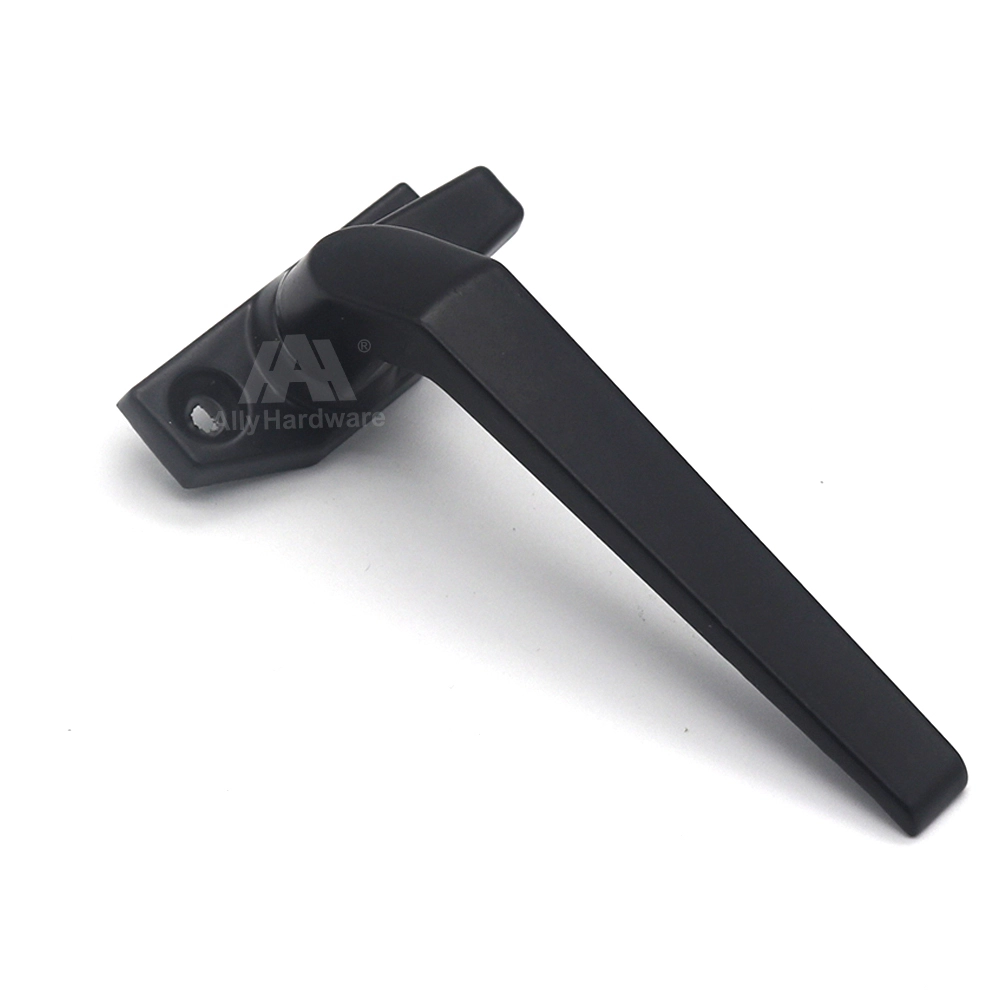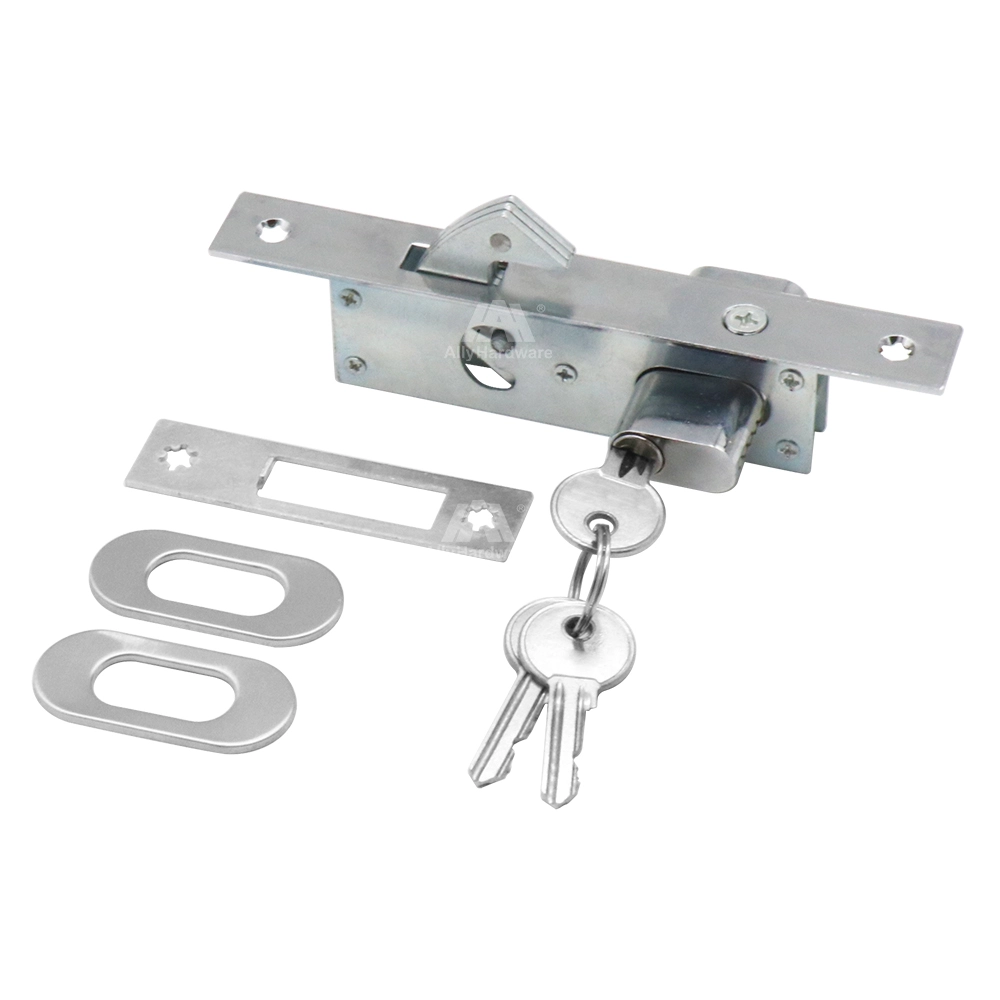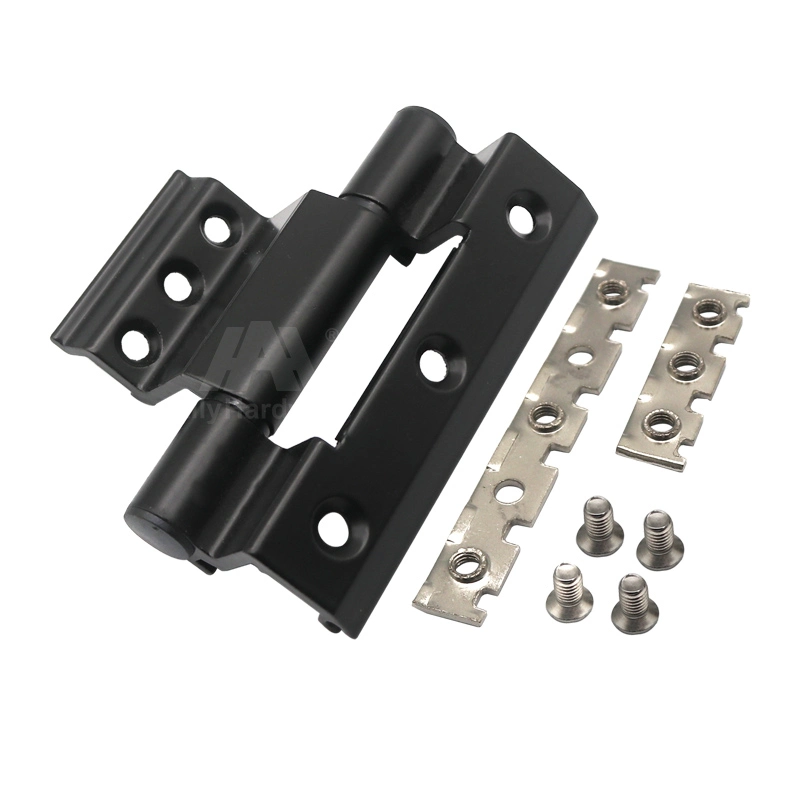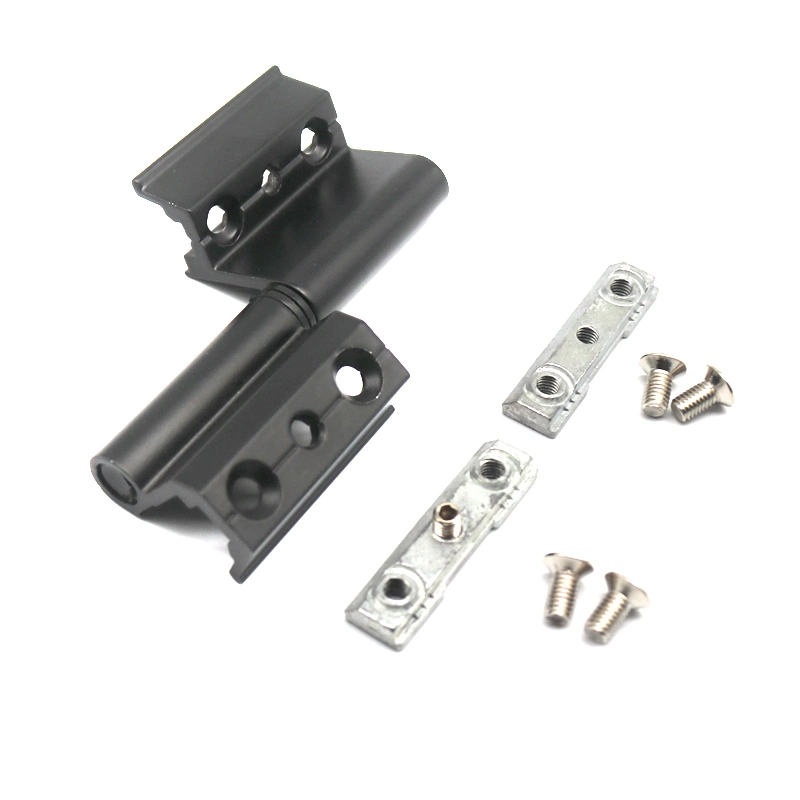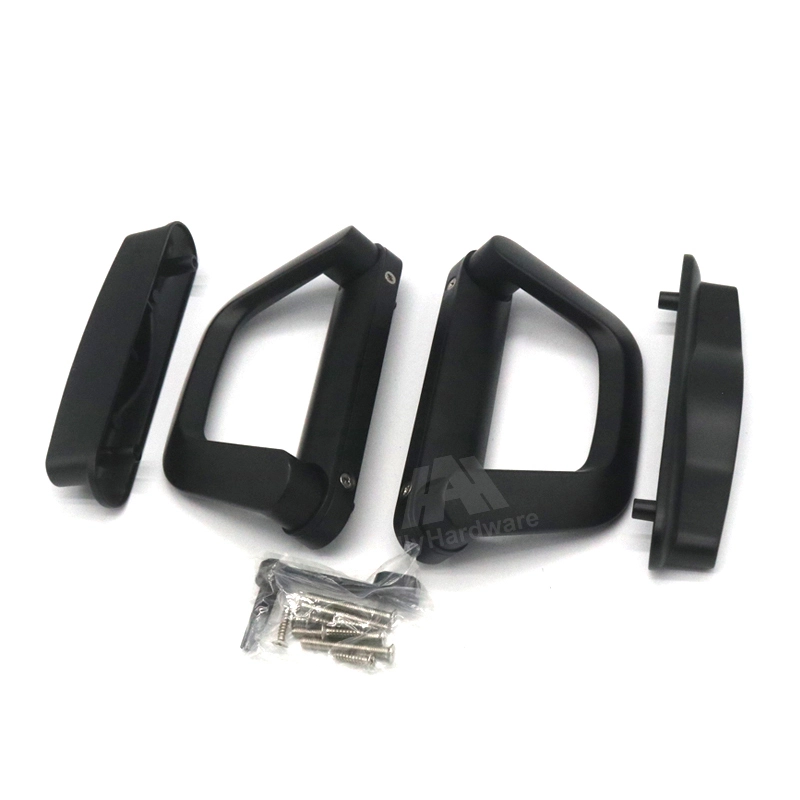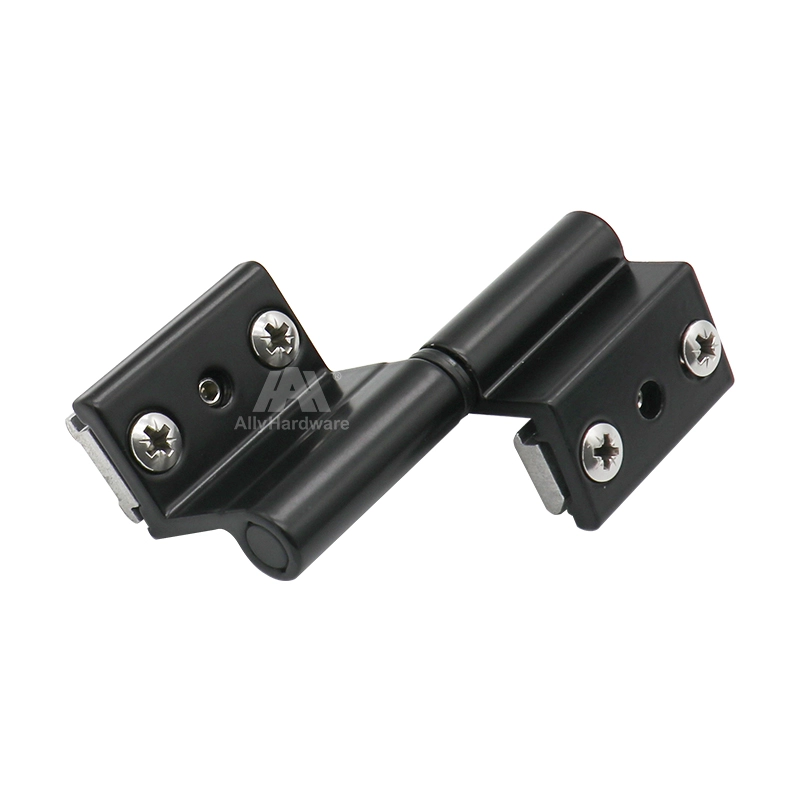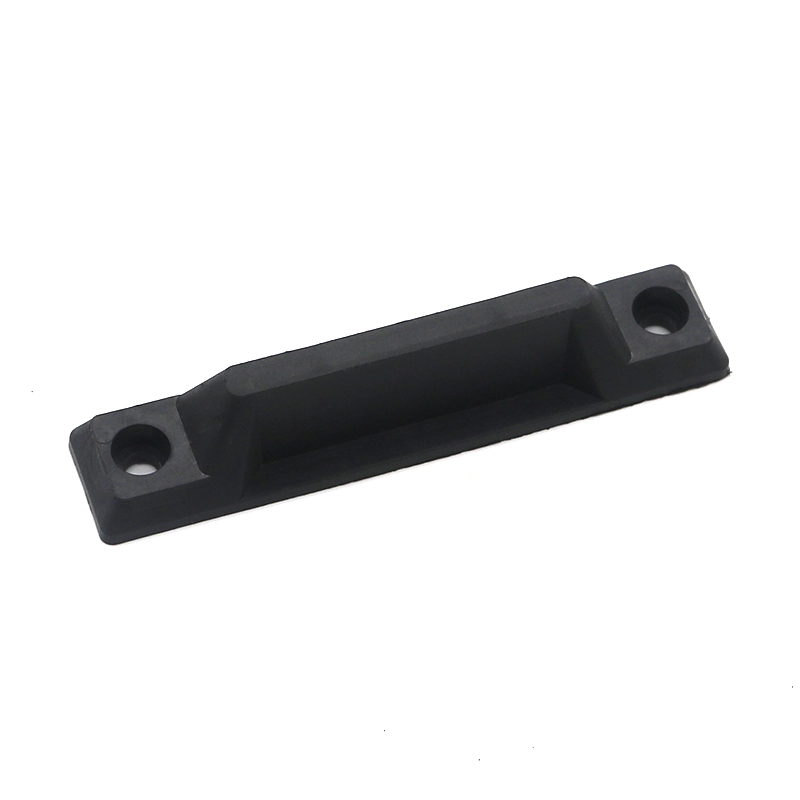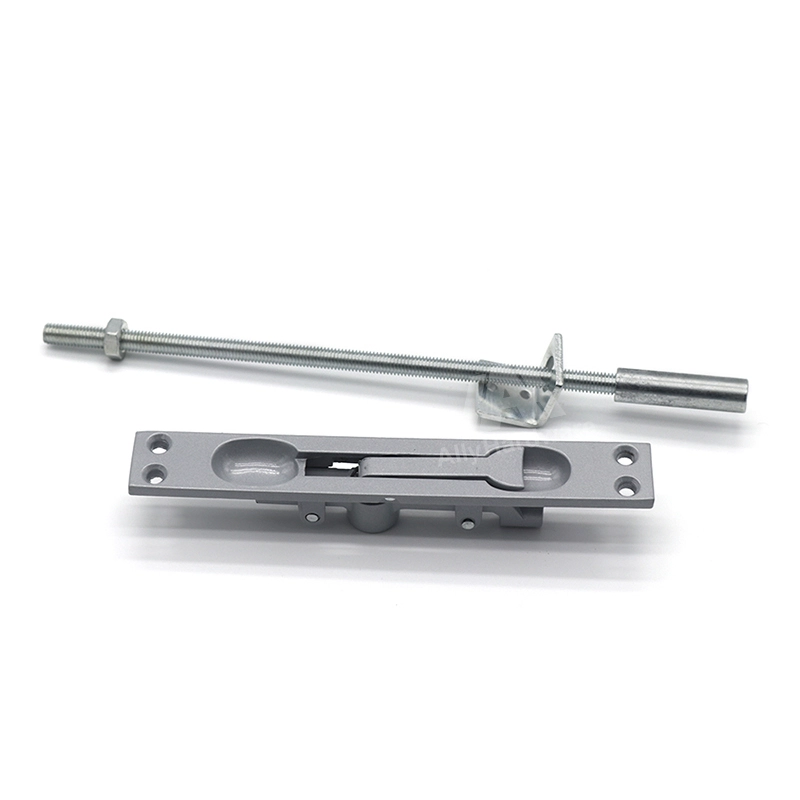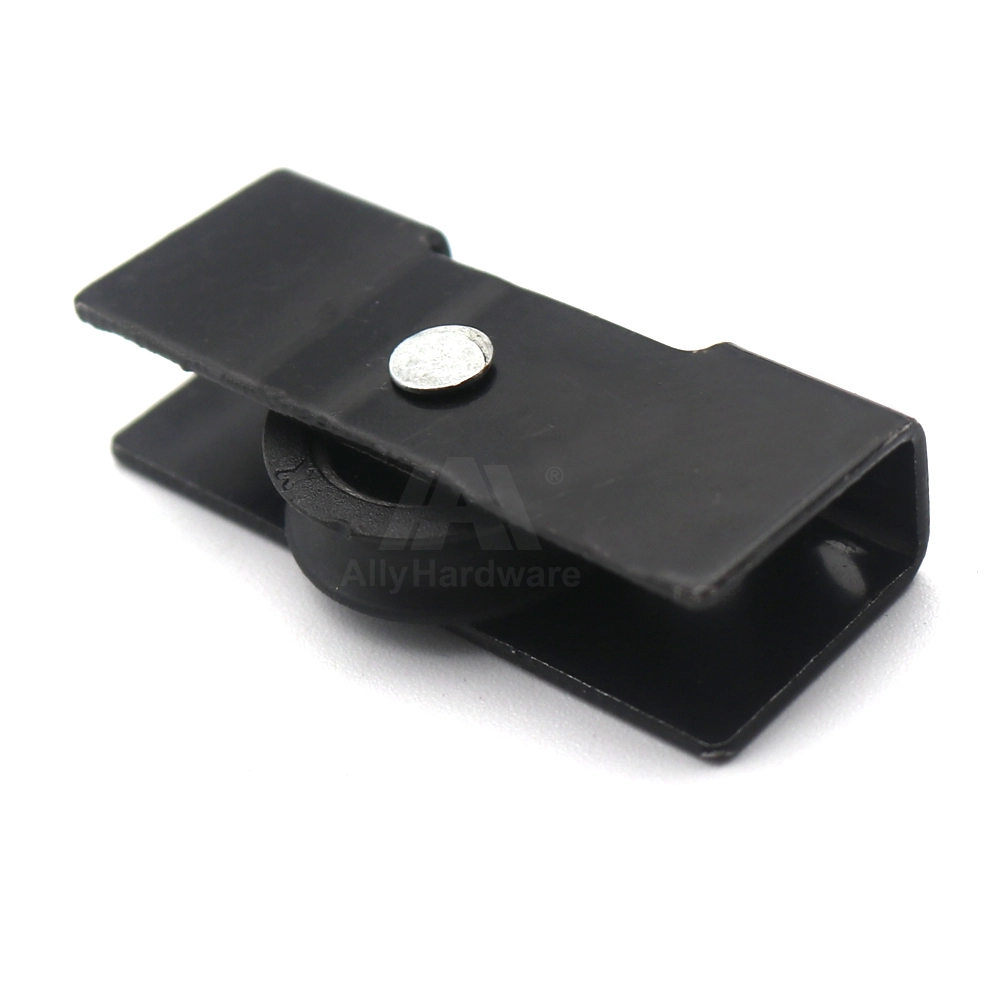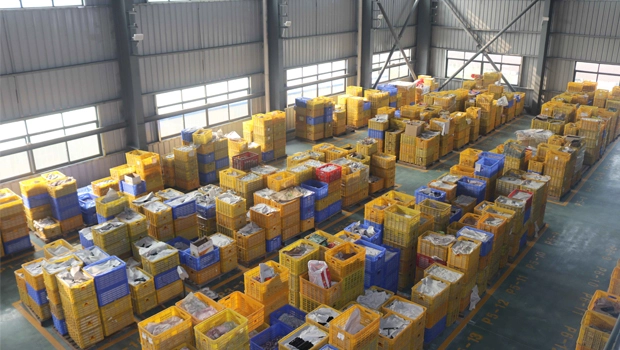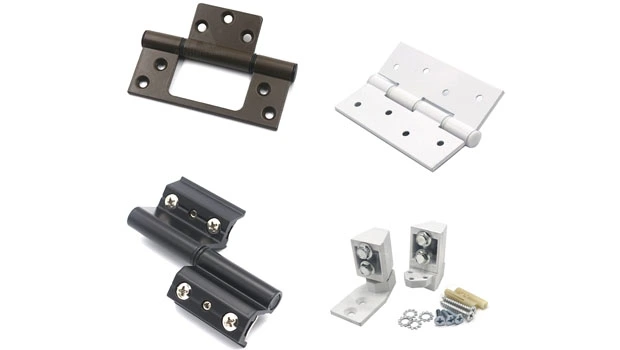What kinds of building hardware are included?
Building hardware can be divided into five categories: door and window hardware, plumbing hardware, decoration hardware, silk nail mesh hardware and kitchen equipment.
Door and window hardware. All kinds of metal and non-metal fittings installed on building doors and windows. There are friction stay, casement handle, aluminum hinge, door handle, crescent lock, window lock, corner fitting, lock body, flush bolt, floor spring, patch fitting, glass door handle, door closer, etc

How many kinds of door and window handles are there?
1. Plastic handle: made of plastic as raw material, Plastic is a synthetic polymer compound {polymer, also known as polymer or macromolecule. It is also commonly known as plastic or resin, which can change the shape and style freely. The plastic handle is produced by an injection molding machine, and the mold is designed according to the shape requirements. It can also be formed by injection molding at one time. It can also be combined with a set of zinc alloy parts (produced by die-casting machine). The appearance can be: painting, electroplating, painting, etc. hardware handle: traditional hardware products, also known as "hardware" 。 It refers to various metal devices made of iron, steel, aluminum and other metals through forging, calendering, cutting, and other physical processing. For example, hardware tools, hardware parts, daily hardware, construction hardware and security supplies.
2. Wooden handle: wood is most of the hard fibrous material under the bark of the stems and branches of trees or shrubs. In plants, the cell wall components of different cells vary greatly, which is due to the infiltration of other substances into the cell wall. Common substances include cutin, cork, wood, mineral, etc. Wood is hydrophilic and has great hardness. Therefore, the lignified wall not only increases the mechanical strength, but also can be permeable.
3. Alloy handle: it is common in zinc alloy handle. Alloy handle is a material with metal characteristics synthesized by two or more metals and nonmetals through certain methods. It is generally obtained by melting into uniform liquid and solidification. According to the number of constituent elements, it can be divided into binary alloy, ternary alloy and multicomponent alloy. China is one of the earliest countries in the world to study and produce alloys, and the bronze technology was very developed in the Shang Dynasty; A sharp sword was forged in the late spring and Autumn period around the 6th century BC.









